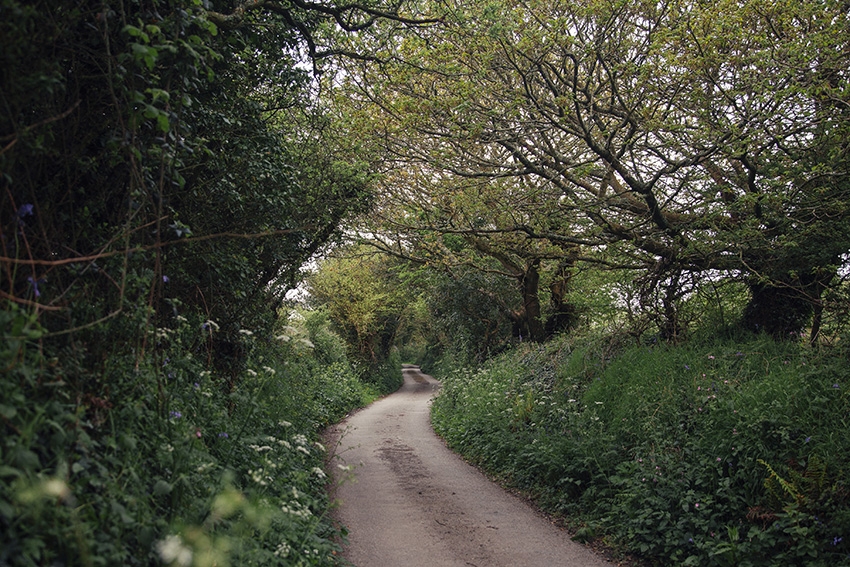Form of the past simple
The past simple is used to talk about action completed in the past and had no direct result in the present. The past simple is invariable. The formation of the past simple is the same for all persons..
Past simple: positive and negative
|
I you she/he/it we they |
lived didn't live |
in Lothersdale |
|
left didn't leave |
||
Past simple: question
| Where | did |
I you she/he/it we they |
work? |
Present simple: short answer
| Did you live in Lothersdale? |
Yes, I did
|
| Did she live in Lothersdale? |
Yes, she did No, she didn't |
Past simple: be careful!
Good news! The past simple of most verbs is formed by adding '-ed'. If the verb already ends with '-e' just add '-d'.
Remember
a) If the verb contains only one syllable, with the pattern one vowel + one consonant you double the consonant.
robbed skipped stopped planned
b) If the verb ends in '-y' or '-w' the the consonant is not doubled.
played showed
c) If the verb is two syllables and the stress is on the second the syllable then the end consonant.
ad'mitted com'mitted pre'ferred un'plugged
Note: the verbs ending in '-l' in British English are double, while in American English they are not.
travelled (UK) traveled (US)
d) Verbs ending in a consonant + '-y' change the '-y' to '-i'
buried carried harried
Bad news! The most common verbs in the English language are irregular. For a complete list of irregular verbs see the appendix of irregular verbs.
Uses of the past simple
The past simple is used to talk about action completed in the past and had no direct result in the present. The duration of the action or when the action happened is not important. The three main uses are as follows.
1. A finished action in the past.
- Abel Tasman discovered Fiji in 1643.
- George Best died 25 November 2005.
- Thomas Hardy wrote 19 novels and several poems in his lifetime.
2. Consecutive actions in a narrative.
- Mary crept in the room as quiet as a mouse. She threw back the curtains. What did she see? Mary didn't believe her eyes but there in front of her was her husband with.....
3. Action of habit
- When I was a child I lived in the countryside. I took the dog for a walk when I arrived home from school. Every Saturday we swam at the local pool where I was taught by Mr. Weber.
Note: these actions are often expresses with 'used to'.
Past simple: remember!
You must always use the past simple if you state when the action happened. Therefore there are certain expressions of past time that are always associated with the past simple.
A definite time in the past.
- last week, yesterday, when I was a teenager, in 1992, 2 years ago
An indefinite time in the past.
- ages ago, a long time ago, the other day, at some point
Frequency
- often, sometimes, always




